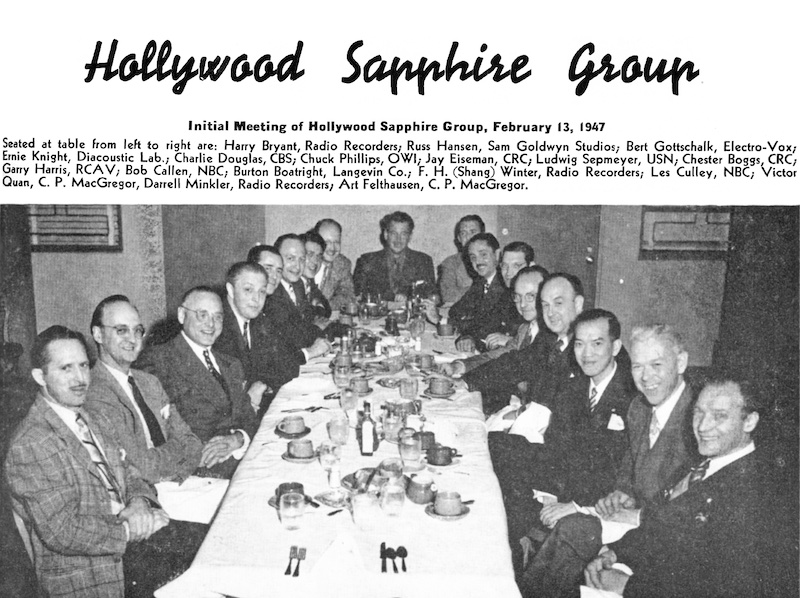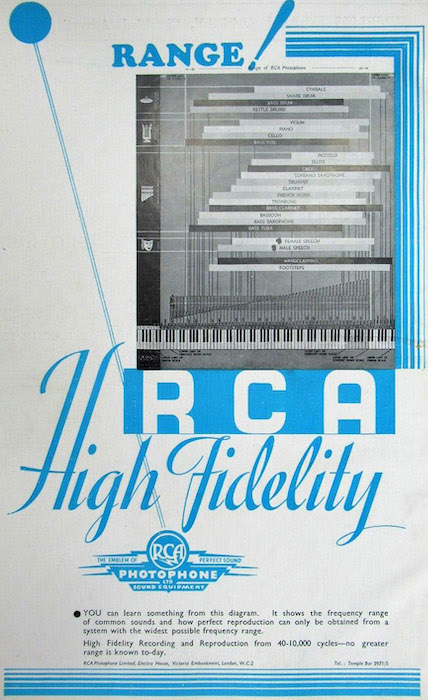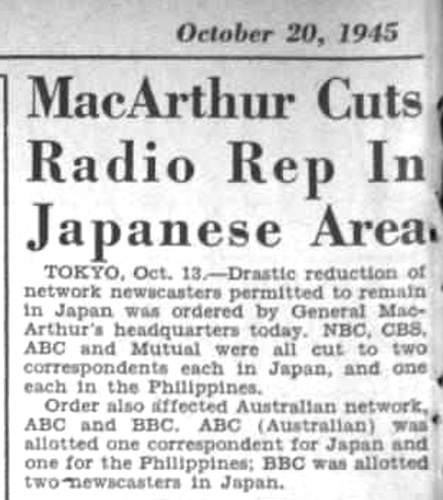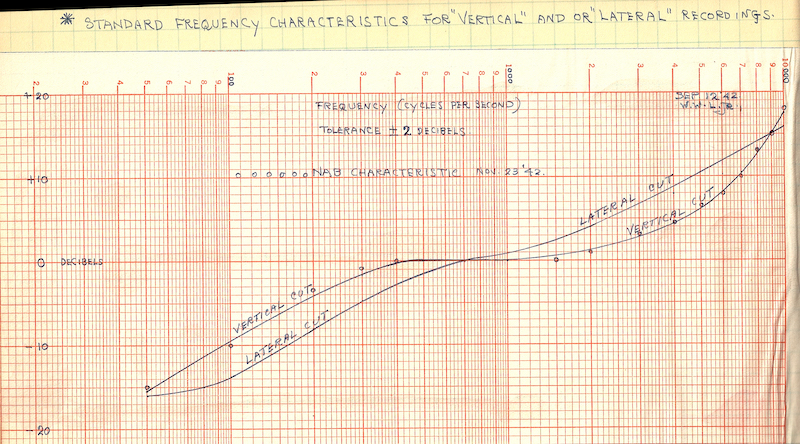Things I learned on Phono EQ curves, Pt. 21
EQカーブの歴史、ディスク録音の歴史を(私が独りで勝手に)学ぶ本シリーズ。前回 Pt.20 では、1954年〜における米国の各レーベルの RIAA 対応状況について各種資料から追いました。また、過去〜現在における EQ カーブ調査の系譜についてまとめました。
On the previous part 20, I looked for trace of how the U.S. labels migrated to RIAA, after the standardization of RIAA Recording and Reproducing Standards in early 1954, by researching various documents and magazines. Also I examined the genealogy of the studies and researches on EQ curves, from past to the present.
多忙等のため少し間があいてしまいましたが、今回の Pt.21 です。もともとは、今回を最終回として、今まで触れられなかった小トピックのほか、ここまでの学びの総括を行い、全体をどのように捉えるのがもっとも論理的整合性が高いと考えられるか、を考察するつもりでした。
After a long absence, here’s the Pt. 21. Initially I was thinking to make this part the summary and conclusion part of the entire series, including some other minor topics, as well as my final consideration of the history of the EQ curves, based on the whole study I have conducted, to find the most logical and consistent.
しかし、その「小トピック」のひとつを書き始めてみると、予想以上に分量が増えてしまったため(笑)、今回は、録音カーブの視点から眺めた「テストレコード」についてのみ扱うことにします。
However, once I started writing one of the “minor topics”, it became longer and longer… so this time I’m going to deal only with a variety of “Test Records”, from the viewpoint of disc recording curves.
ですので、当連載はもう少しだけ続く予定です(笑)
So this series of articles will be continued for a little while longer 🙂
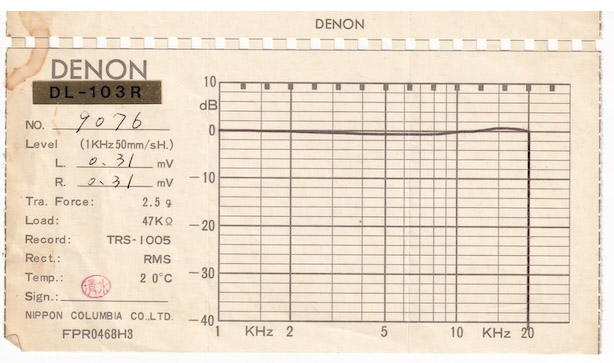
Frequency response graph sheet (Nippon Columbia FPR0468H3) that came with DENON 103-R Serial No. 9076, plotted using JVC TRS-1005 test record.
私が所有する DENON 103-R カートリッジ(シリアル番号9076)に付属してきた、JVC TRS-1005 テストレコードを使った特性グラフシート(日本コロムビア FPR0468H3)

